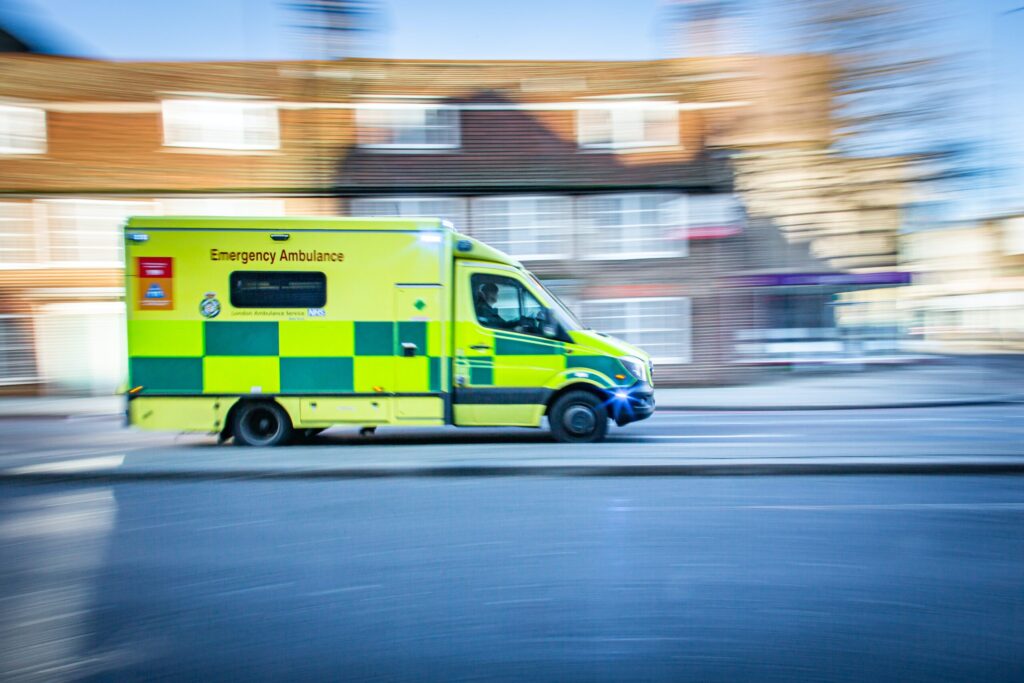

Gökhan Tok
Space & Connectivity


In 2013, a 17-year-old child was kidnapped from a bus stop, in a small Lithuanian town. She was forced into the trunk of a car, where she called emergency services no less than ten times. Because the car was constantly moving, the emergency service operator was unable to determine her location, and in a harrowing tale, she was later found raped and burnt.
The case was brought to the European Court of Justice for a preliminary ruling and eventually, Lithuanian authorities were held accountable for failing to determine her location. The EU’s Commission Delegated Regulation 2019/20 on location information has now imposed a new obligation to transmit handset-driven location data to the emergency operator during an emergency call. It is expected that more reforms will soon follow, to ensure that emergency communications use technological advancements at great urgency. In this European 112 Day, we look at the future of emergency communications in Europe.
Honouring 1-1-2
The ‘112’ is the single European emergency number for people in distress, and it is available in all fixed and mobile networks across the European Union. While some countries use 112 as their single emergency number, other countries operate separate numbers for different emergency services such as fire emergencies, ambulance, or police. Since 2009, European countries commemorate the importance of these 3 digits on the 11th day of the 2nd month. This day is seen to raise awareness of the single emergency number and to recognize the hard work of all workers within the emergency services chain.
Calling 112 and getting help involves a delicate operations process with several service levels. Delays, even in seconds, may result in lives being lost. When Europeans call 112, a Public Safety Answering Point (PSAP) receives the call and coordinates resources for relevant emergency services to take action. The European Electronic Communications Code (Article 109) obliges all operators to provide free access to 112. Furthermore, the European Commission will adopt several delegated acts on (i) location information, (ii) equivalent access of end-users with disabilities and (iii) routing of calls to the most appropriate PSAP. The Commission has already held a first consultation on the issue, and it has scheduled the adoption of a first Delegated Act before the end of 2022.
Increasing access methods in a connected future
Calls to 112 are traditionally transmitted over fixed networks or 2G/3G. A technological upgrade to IP-based infrastructure is on the way, aiming to improve options to reach emergency services. With IP-based communications for emergency calls, people will be able to reach and communicate with PSAPs by text and even video calls. Therefore, the number of devices reaching PSAP – including household appliances and wearables – is expected to increase exponentially. This is particularly important for vulnerable people: wearables that can contact emergency services and provide contextual data beyond the location provided by the caller may improve rescue operations dramatically.
Some emergency apps have been developed, but they are not yet used at their full capacity. Apps can help people with specific needs and overcome fundamental challenges such as language barriers. By transmitting critical information such as blood type or specific health conditions, these solutions equip IP systems to go beyond their current capabilities. Additionally, an IP-based emergency framework in the EU may allow expanding on connectivity options beyond terrestrial networks. It goes without saying that cross-border data sharing and routing strategies for call traffic would require the attention of solution developers, policymakers, and regulators.
A good example is that of the eCall service, known to many car drivers, where technology has allowed immediate geo-location and faster responses to car-related emergencies. In this instance, under Regulation 2015/758, all newly manufactured vehicles in the EU are able to reach PSAPs and transmit location information in the event of a crash without user action. For eCall services, third party service providers are allowed to receive such calls through relay centers and communicate with 112 immediately.
Creating emergency coverage for all
There are many different numbers to reach emergency services around the world. Often, travellers face difficulties when reaching emergency services. A study in 2012 showed that most of the UK residents were not aware that they are able to reach emergency services through 112 across Europe. Some countries direct numbers such as 911 or 999 to 112 in an effort to cover travellers. As the emergency communications go beyond numbers, travellers will be able to reach emergency services in different jurisdictions in an easier way. Surely, this would require a more coordinated and fail-proof approach from developers, device manufacturers, operators, PSAPs and emergency service providers.
Subscribe to our news alerts here.

